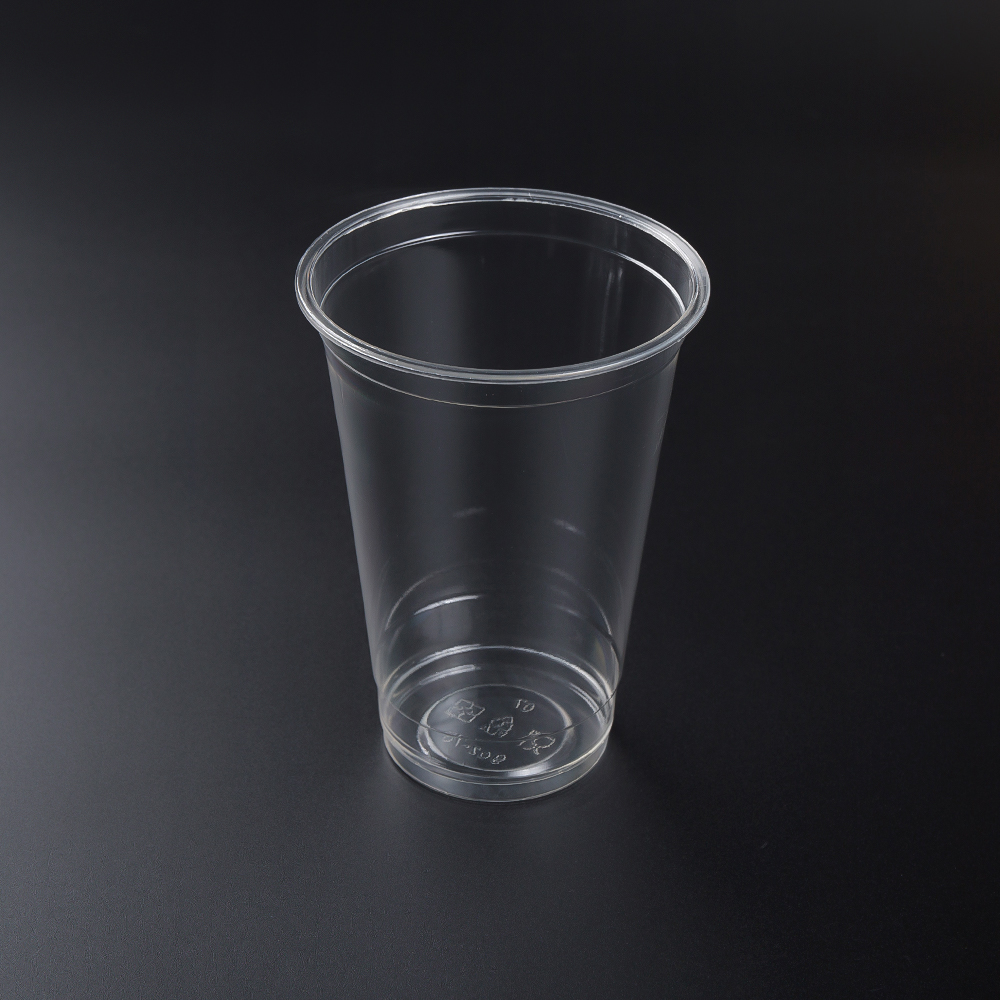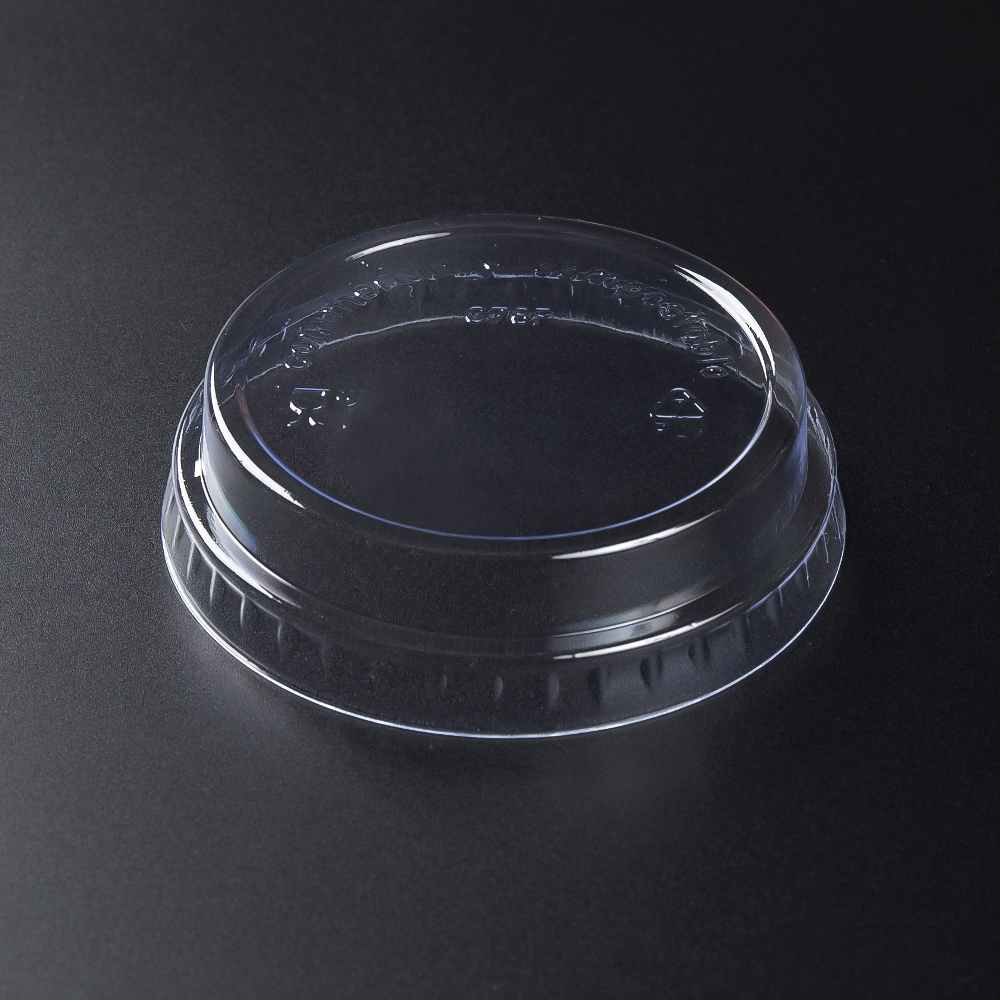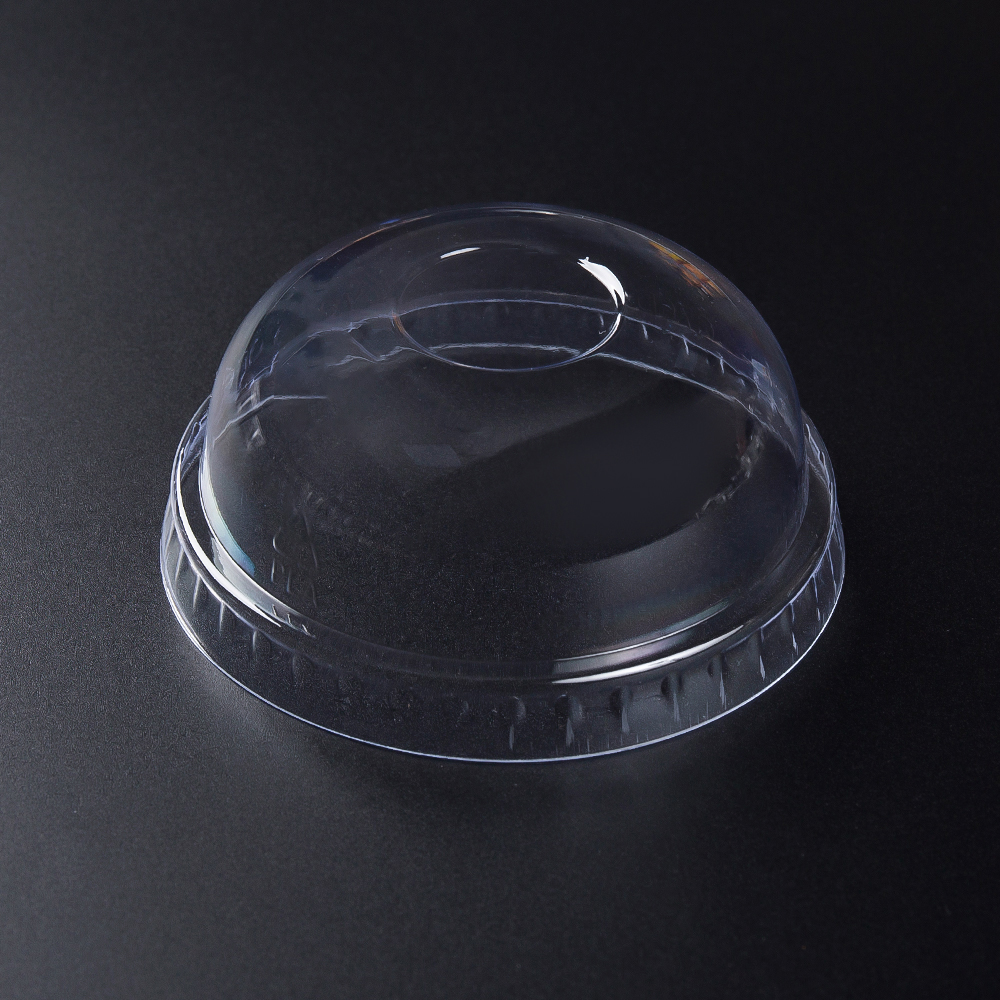In recent years, the packaging industry has witnessed a noticeable transition toward more sustainable alternatives. Among these changes, the use of compostable clear cups has gained traction, driven by increasing consumer awareness and policy changes aimed at reducing single-use plastics. These products offer a transparent and functional design while aligning with environmental goals, making them a practical choice for food and beverage service providers.

A key material behind this shift is polylactic acid, or PLA, a bioplastic derived from renewable resources like corn starch or sugarcane. PLA is widely used in both compostable clear cups and PLA compostable salad bowls, providing an eco-conscious alternative to petroleum-based plastics. As governments around the world introduce restrictions on traditional plastic packaging, businesses are responding by incorporating more PLA-based solutions into their product lines.
One of the major drivers behind the shift is consumer preference. Individuals are paying closer attention to the environmental impact of the products they use daily. The demand for compostable clear cups has grown steadily as more people seek out sustainable options, especially in takeaway food and drink settings. These cups not only reduce reliance on fossil fuels but also offer end-of-life solutions that are compatible with commercial composting facilities.
Simultaneously, PLA compostable salad bowls have become a common sight in supermarkets, cafés, and salad bars. Their rigid structure and heat resistance make them a suitable replacement for traditional plastic containers. Designed to hold both hot and cold foods, they are versatile while supporting efforts to reduce packaging waste. The increasing popularity of plant-based and fresh food trends also contributes to the demand for packaging that complements a health- and environment-conscious lifestyle.
Despite the growing interest, challenges remain. Compostable products such as compostable clear cups and PLA compostable salad bowls require specific industrial composting conditions to break down effectively. In regions lacking access to such facilities, these products may not decompose as intended, limiting their environmental benefit. As infrastructure improves, however, the practicality of these materials is expected to increase, paving the way for wider adoption.
Manufacturers are also experimenting with enhancements to PLA formulations, aiming to improve performance without compromising compostability. This innovation supports broader applications for PLA compostable salad bowls, from deli counters to meal prep kits. While function remains a priority, visual presentation also plays a role, particularly for clear packaging. This is where compostable clear cups stand out, allowing businesses to display beverages and branding without turning to petroleum-based plastic.
Many food vendors and retailers have started phasing out conventional containers in favor of compostable alternatives. The decision is often influenced by both environmental goals and customer expectations. In several cities, regulations are beginning to favor materials like PLA, pushing market trends in a more sustainable direction. As businesses adjust to this new landscape, products such as compostable clear cups and PLA compostable salad bowls are expected to become even more commonplace.
Looking ahead, education will play a critical role in ensuring that compostable products are disposed of correctly. Clear labeling and public awareness campaigns are necessary to distinguish between recyclable, compostable, and landfill-bound items. When properly managed, PLA compostable salad bowls and compostable clear cups can significantly contribute to reducing waste streams and supporting circular economy principles.
The market’s pivot toward eco-friendlier packaging reflects a broader cultural shift. Consumers are rethinking everyday habits, and businesses are adapting in response. While challenges persist, the adoption of materials like PLA represents a meaningful step forward. With ongoing innovation and infrastructure development, compostable packaging options will likely remain central to the conversation around sustainable design in the years to come.





 English
English 中文简体
中文简体
-2.jpg)
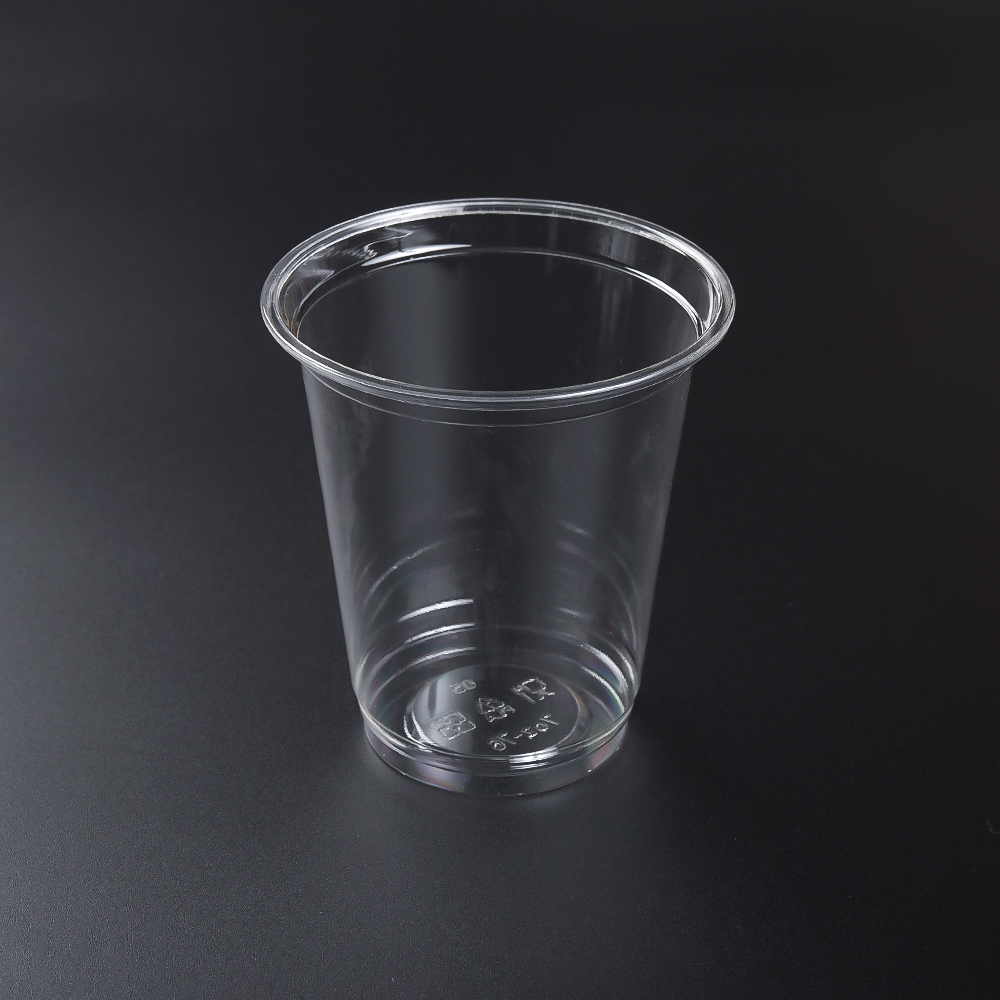
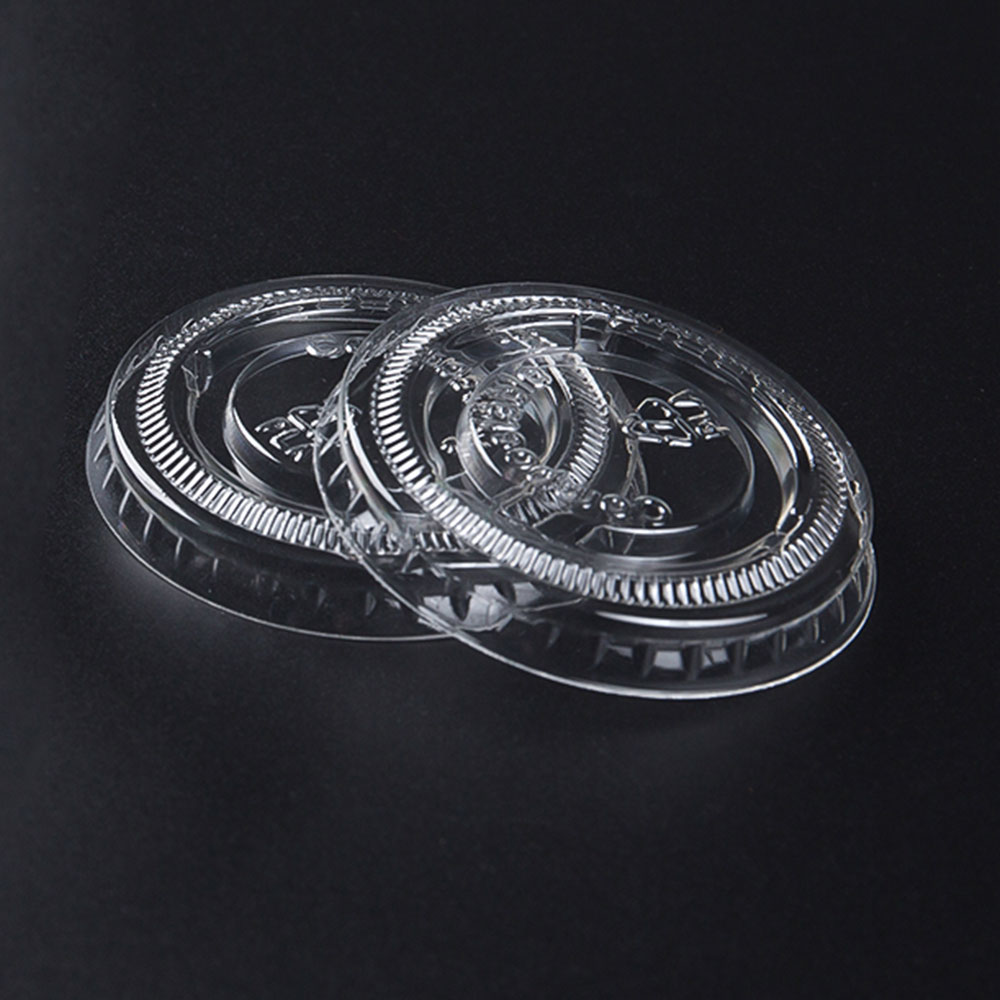
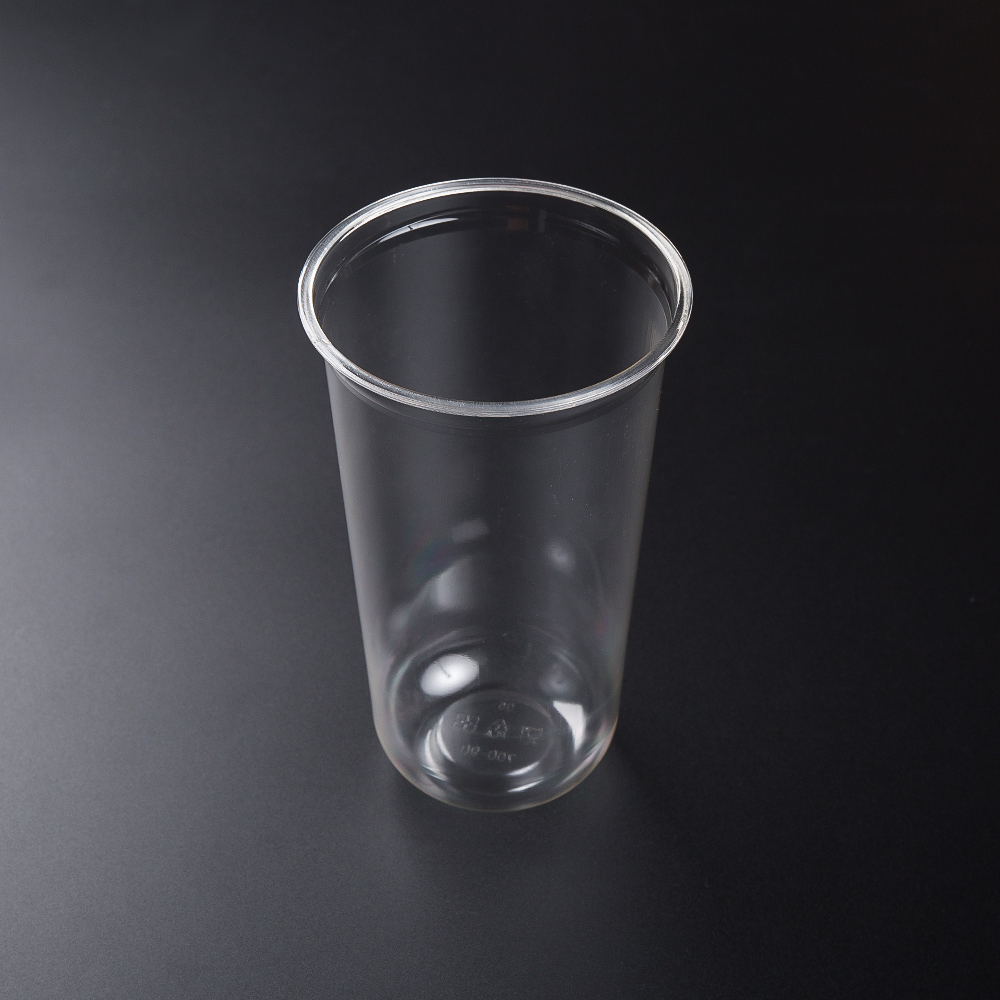
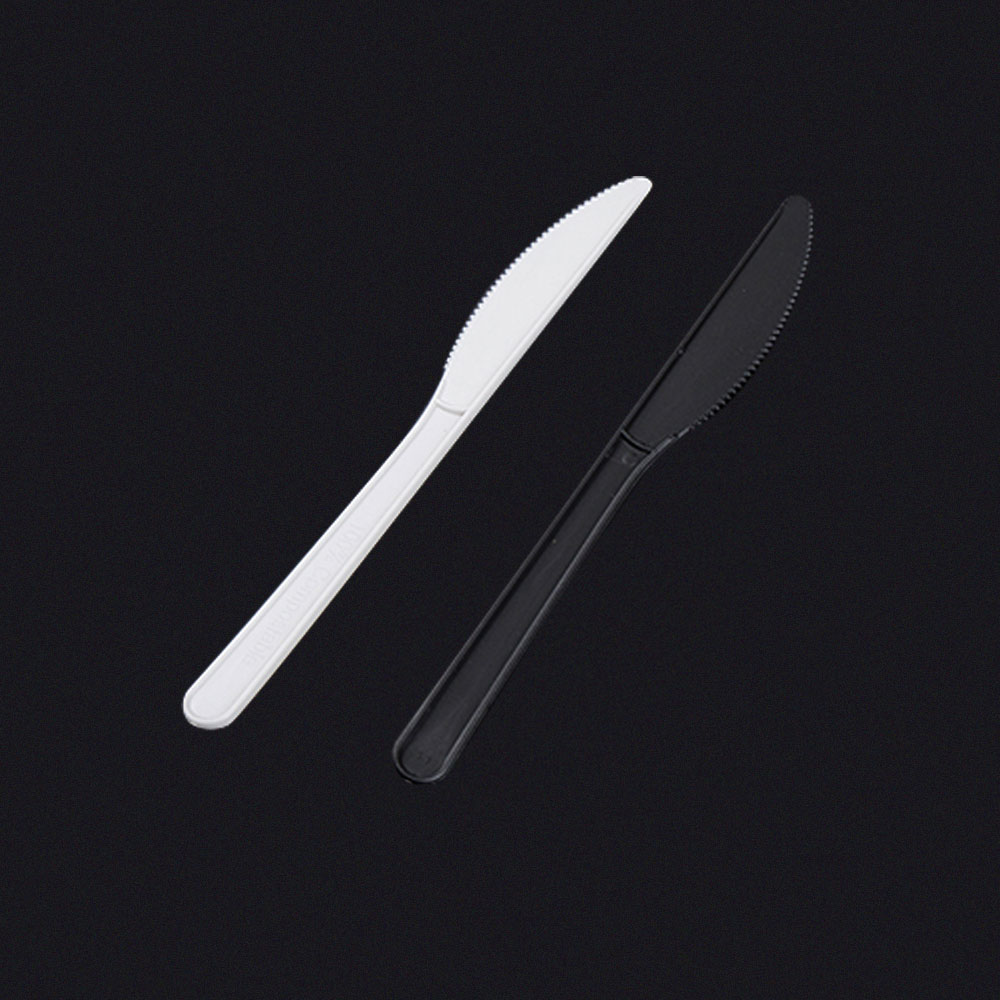
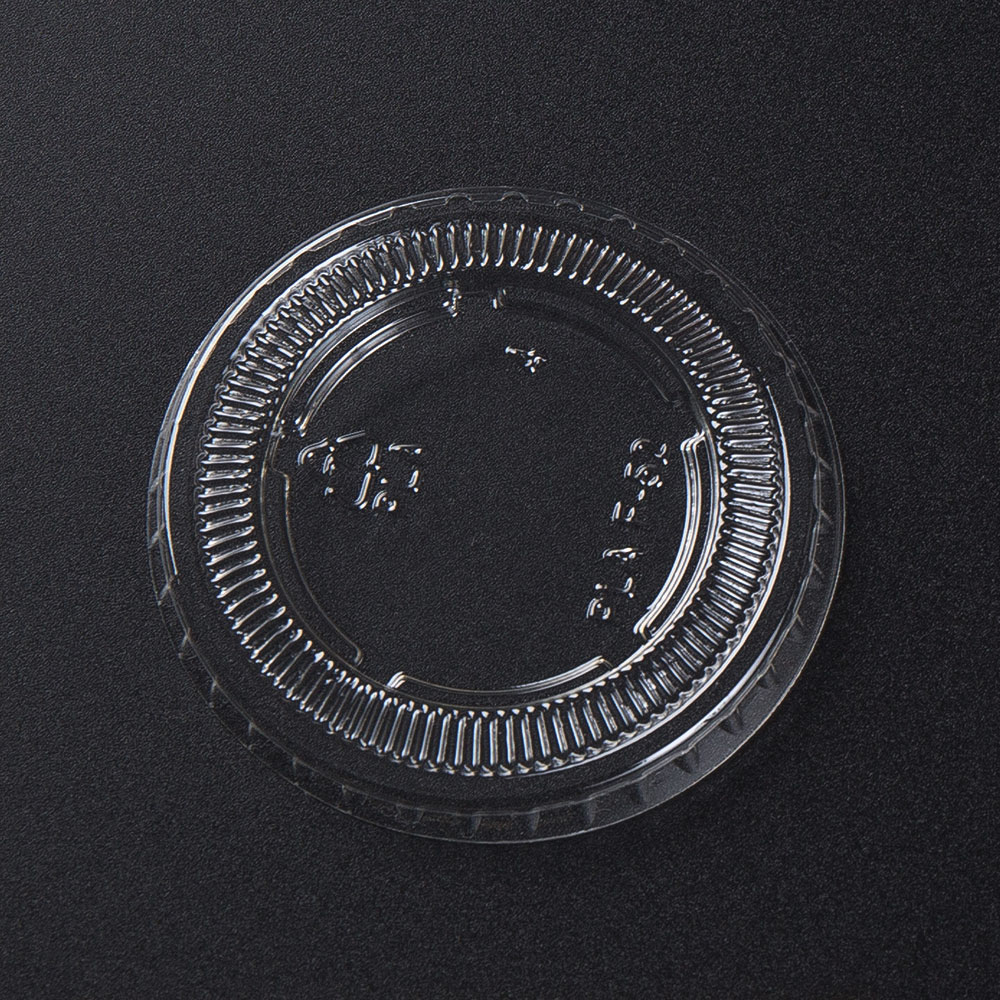

.jpg)
.jpg)
